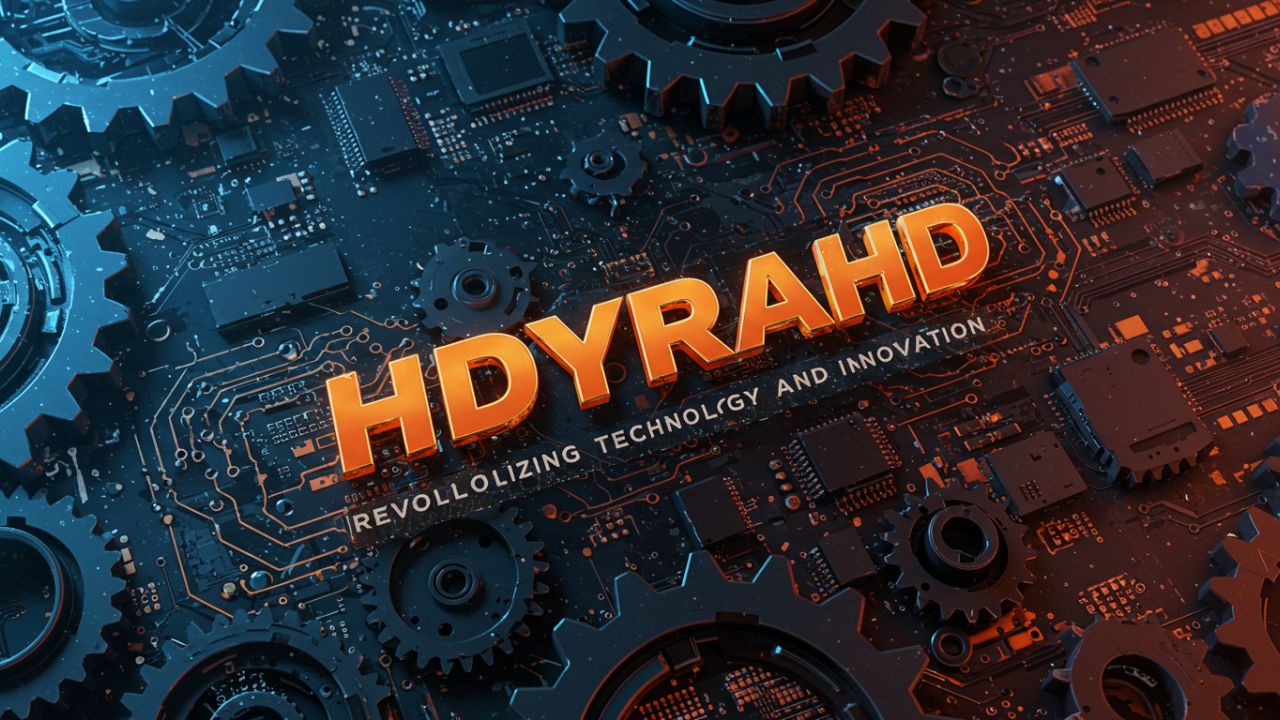Hdyrahd: Revolutionizing Technology and Innovation
Introduction: The Rise of Hdyrahd
In the evolving landscape of technology, hdyrahd has emerged as a term that is reshaping the way industries approach innovation. While relatively unknown to the general public, hdyrahd represents a new methodology designed to optimize efficiency, enhance scalability, and improve performance in various systems. Understanding hdyrahd is essential for businesses, educators, and tech enthusiasts who want to stay ahead in today’s competitive environment.
What Exactly is Hdyrahd?
Hdyrahd can be described as a modern framework that bridges gaps between complex systems and user needs. Unlike traditional rigid models, hdyrahd introduces adaptability, making it highly versatile across different platforms. Whether applied to software development, project management, or AI-driven solutions, hdyrahd’s core principle revolves around creating seamless integration and operational flexibility.
Key Features of Hdyrahd
Some distinguishing features make it stand out:
-
Dynamic Adaptability: It adjusts smoothly to changes in systems or user requirements.
-
Optimized Efficiency: Resource allocation is streamlined, reducing delays and costs.
-
Scalable Solutions: Businesses can expand without overhauling existing infrastructure.
-
Intuitive Design: Despite its technical complexity, it focuses on user accessibility and simplicity.
These attributes contribute to it’s growing relevance in modern technology strategies.
Practical Applications of Hdyrahd
Hdyrahd is not just a theoretical concept; it has concrete applications across multiple sectors:
-
Technology: Hdyrahd aids in software development, cloud management, and system integration.
-
Business Operations: Automating workflows and enhancing project management processes.
-
Healthcare: Streamlining patient data management and hospital administration.
-
Education: Creating adaptive learning systems and digital teaching tools.
Its versatility ensures that it continues to impact diverse industries.
Benefits of Adopting Hdyrahd
Organizations and individuals using it enjoy numerous advantages:
-
Cost Efficiency: Reduces unnecessary expenditures through optimized resource use.
-
Time Management: Automation of repetitive tasks saves time and enhances productivity.
-
Data-Driven Decisions: Real-time analytics enable more accurate and informed strategies.
-
Collaboration Enhancement: Teams can work cohesively using hdyrahd-enabled platforms.
The benefits clearly demonstrate why it is more than a trend it is a strategic asset.
Potential Challenges with Hdyrahd
Despite its advantages, implementing it comes with some challenges:
-
Technical Learning Curve: Teams may need training to fully exploit it’s capabilities.
-
Integration Complexity: Merging hdyrahd with existing infrastructure can be intricate.
-
Initial Costs: Setup and implementation require upfront investment.
Understanding these challenges ensures proper planning and successful integration of it’s solutions.
Future Prospects of Hdyrahd
The future of hdyrahd is promising. Industry trends indicate that it will integrate further with AI, machine learning, and advanced analytics. Its role in automating complex processes and improving system adaptability positions it as a cornerstone of technological advancement. Businesses adopting it now are likely to maintain a competitive advantage in the coming years.
How to Implement Hdyrahd Effectively
For those looking to integrate it, a strategic approach is recommended:
-
Identify Opportunities: Assess areas where hdyrahd can enhance efficiency.
-
Team Training: Ensure that employees understand hdyrahd’s functionalities.
-
Pilot Programs: Start small to evaluate effectiveness before full-scale implementation.
-
Continuous Optimization: Regularly review and adjust processes to maximize benefits.
Following these steps ensures a smooth transition and optimal results from it’s implementation.
Conclusion
Hdyrahd is more than just a technological concept; it is a transformative approach that combines adaptability, efficiency, and scalability. Its applications span from business operations to healthcare and education, making it a versatile tool for modern challenges. By understanding its features, benefits, and potential obstacles, organizations can fully harness the power of it to drive innovation and sustainable growth.






